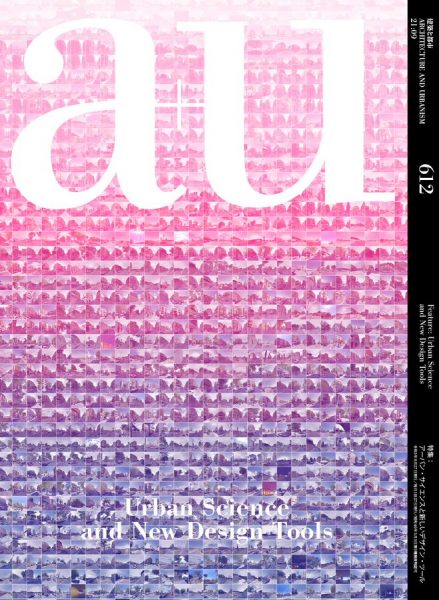This book collects part of the academic results of the two visiting seminars held at the School of Architecture, Civil & Environmental Engineering from EPFL (EPFL-ENAC) during the academic years 2021 and 2022. The seminar ‘Designing Futures with Cities’ (directed by Mar Santamaria and Pablo Martínez) aimed at updating the toolbox to observe, analyse, anticipate, simulate, design and evaluate urban strategies.
Today, our capacity to work with the inherent complexity of urban systems is proportional to our ability to describe them. In the last decades, this complexity has evolved along with the tools and information we use to analyse and interpret urban matter. Indeed, our capacity to address urban complexity is mainly fueled by the unstoppable datification of the world. Today, big data sets provide information about buildings, inhabitants or the characteristics and uses of public space -collected by networks of sensors, administrative procedures or the use of mobile devices.
In this context, we invited the students to embrace this way of describing the world, organising theoretical and practical knowledge acquisition to recreate realistic case studies in the city of Geneva. The seminar was organised in three main phases. Starting from the data-gathering process (including digital collection and on-site observations), the students have developed a quantified analysis and a subsequent proposal that explores a transformation scenario.
Marked by COVID-19, this period forced the students to make the home a refuge, looking abroad with a desire to socialize. At the same time, this impasse has catalysed discussions about the city and its future. This same period has fostered the construction of a critical point of view on the part of the seminar’s students, which they have evolved and grown until creating inspiring proposals for the future city expressed through cartographic and quantitative scenarios that support the yearnings for a new desired urban environment.
Promoters

